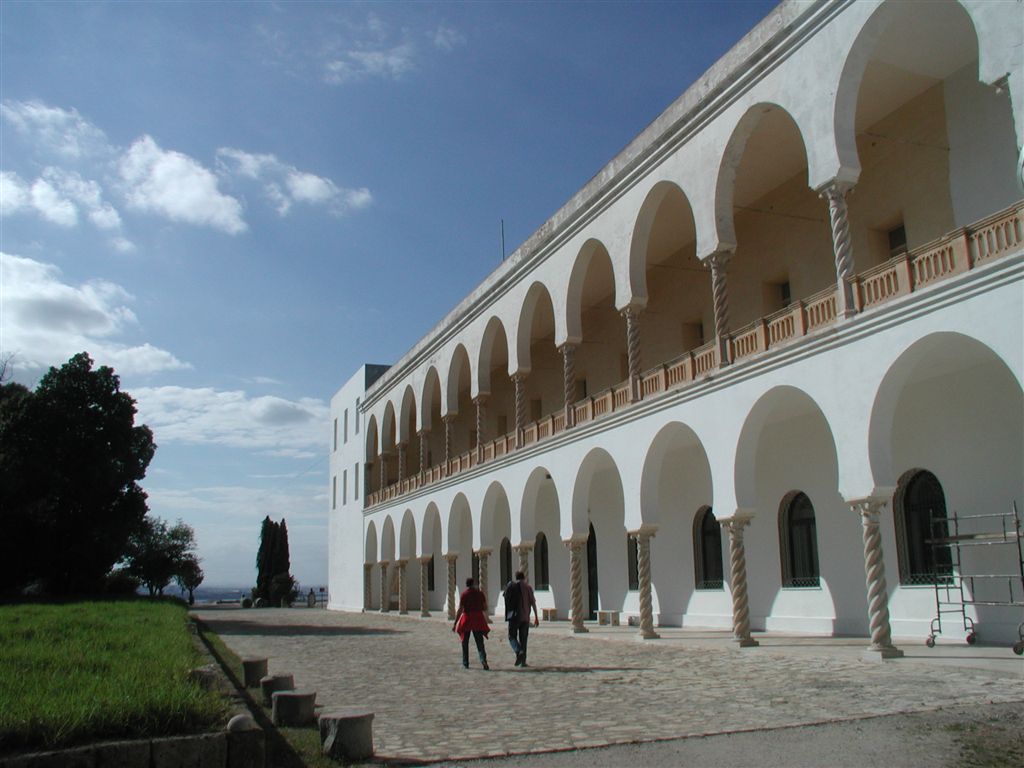Carthage National Museum stands as a testament to the rich history and cultural heritage of the ancient Carthaginian civilization. Located in Tunisia, this museum houses a remarkable collection of artifacts and relics that offer a glimpse into the lives and traditions of the Phoenician and Punic peoples. Through its exhibits, the Carthage National Museum plays a vital role in preserving the legacy of a once-great empire and promoting cultural understanding. This essay will delve into the exhibits at the museum, the importance of its preservation efforts, and the impact it has on cultural tourism.
The Carthage National Museum boasts a diverse array of exhibits that showcase the artistry and craftsmanship of the ancient Carthaginians. Visitors to the museum can marvel at a wide range of artifacts, including pottery, jewelry, and sculptures that date back to different historical periods. These items provide valuable insights into the daily lives, religious practices, and artistic expressions of the people who once inhabited Carthage. Furthermore, the museum is renowned for its collection of intricate mosaics, which depict scenes from both everyday life and mythological stories. These mosaics not only serve as stunning works of art but also offer a narrative of the cultural and social values of the Carthaginian society.

The significance of the Carthage National Museum extends beyond its role as a repository of ancient treasures. By preserving Phoenician and Punic heritage, the museum acts as a guardian of a pivotal chapter in Mediterranean history. Through its conservation efforts, the museum protects fragile artifacts from deterioration, ensuring that future generations can continue to learn from and appreciate these cultural relics. Moreover, the museum plays a crucial role in safeguarding ancient Carthaginian traditions and practices, helping to maintain a connection to the past in a rapidly changing world.
The Carthage National Museum serves as a beacon for cultural tourism, attracting history enthusiasts, scholars, and tourists from around the globe. By offering a comprehensive overview of the Carthaginian civilization, the museum contributes to archaeological research and academic studies, enriching our understanding of this ancient culture. Furthermore, the museum’s promotion of Carthage as a cultural destination has led to an increase in international visitors, who come to explore the city’s historical sites and immerse themselves in its rich heritage. As a result, the Carthage National Museum plays a pivotal role in promoting cultural exchange and fostering a deeper appreciation for the diversity of human history.
In conclusion, the Carthage National Museum stands as a symbol of the enduring legacy of the ancient Carthaginian civilization. Through its exhibits, preservation efforts, and impact on cultural tourism, the museum continues to play a vital role in preserving history, promoting cultural understanding, and enriching our knowledge of the past. As a custodian of the Phoenician and Punic heritage, the Carthage National Museum remains a cornerstone of Tunisia’s cultural landscape and a testament to the enduring power of human creativity and ingenuity.